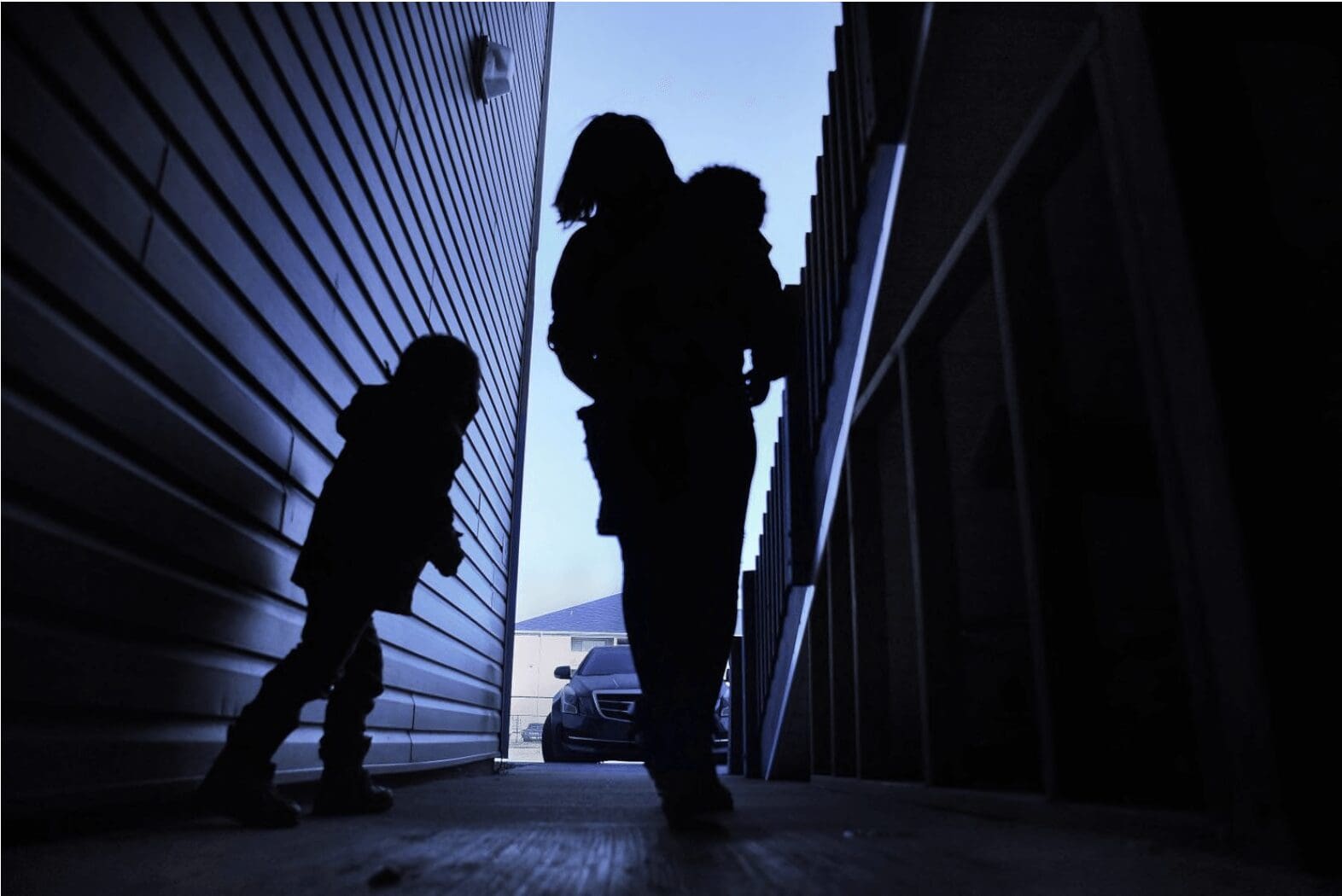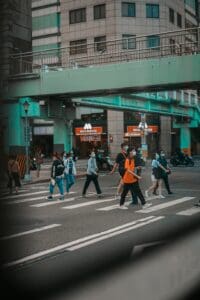More than a quarter of the people living in poverty in the United States receive no help from food stamps and other nutrition programs, subsidized housing, welfare and other cash benefits, or child-care assistance, according to a new Urban Institute analysis examining the reach of the social safety net.
The analysis found that 13 million people living below the poverty line — a household income of less than $25,100 a year for a family of four — were disconnected from federal programs for the neediest Americans.
Among the very poorest — for instance, a family of four making less than $13,000 a year — nearly a third receive no benefits from the federal safety net.
“There are a lot of people in this country who are not attached to our major systems of support, and they are in desperate need,” said Gregory Acs, vice president for income and benefits policy at the Urban Institute.
[The biggest beneficiaries of the government safety net: Working-class whites]
The study found that African Americans were most likely to get assistance; 85 percent of those living in poverty received at least one form of aid. They were followed by poor whites, at 70 percent. Poor Hispanics and Asians were least likely to receive aid, at 66 percent and 67 percent, respectively.
Researchers who study poverty and government assistance suggested various reasons some groups are more likely than others to receive benefits. For instance, studies have shown that low-income white families generally have more resources to fall back on than low-income nonwhite families in times of need.
The assets and net worth of poor African Americans tend to be significantly less than those of whites with similar incomes — leaving them with fewer alternatives to government assistance, said Arloc Sherman, a senior fellow at the Center on Budget and Policy Priorities.
Families with even a bit of savings — $250 to $750 — are less likely to receive public benefits as a result of job loss, unexpected medical bills and other financial disruptions, said Signe-Mary McKernan, an economist at the Urban Institute.
Whites are more likely than blacks and Hispanics to own homes, have retirement savings and inherit money, even at lower-income levels, she said.
“That’s money that can be used to tide families over in an emergency,” McKernan said.
Beyond family wealth, immigration status and the social stigma surrounding government assistance may also play a role in the gap, researchers said.
Undocumented immigrants — a fifth of whom live in poverty, according to the Pew Hispanic Center— are not eligible to receive benefits.
[Trump wants to overhaul America’s safety net with giant cuts to housing, food stamps and health care]
In Mississippi, where poor whites are twice as likely as their black counterparts to reject or go without federal assistance, advocates for the poor say the racial stigma attached to government help influences lawmakers’ will to expand the safety net. The deeply red state has enacted policies that make it more difficult to get food stamps, cash welfare benefits and child-care assistance, said Carol Burnett, executive director of the Mississippi Low-Income Child Care Initiative.
“There is a real racial undercurrent in our state in attitudes toward public assistance,” said Burnett, who is white. “Public assistance is maligned by white conservative policymakers the same way it is nationally — that it serves as a disincentive, that people are too lazy, that people don’t deserve it — this whole set of descriptors that functions as code language in Mississippi to basically mean black people.”

Butler, who is black, said she couldn’t ask her mother or a grandmother in Chicago for help because they, too, depended on federal assistance.
“The bottom line is that family support was just not available,” said Butler, 30. “It’s a humbling experience to ask for help — imagine having to go to a building and talk to a stranger about how you aren’t able to take care of yourself and your family. Without these programs in place, there is no safety net for people like me.”
After Butler received her degree last year, she got a job making $30 an hour as a sales representative for a virtual human resources firm. One month later, her federal benefits were cut off.
“My goal was always to get off them,” she said. “The stigma is that black people are lazy, but those benefits helped me survive. Struggle doesn’t have a color.”


Overall, the federal safety net reaches nearly 1 in 5 Americans each month, including nearly a third of all children, according to the Urban Institute analysis. Among the 59 million Americans receiving some type of assistance, 43 percent are white, 26 percent are Hispanic, 23 percent are black and 8 percent are Asian.
The Urban Institute study, which was adjusted for the underreporting of benefits, did not consider how much individuals receive in benefits or whether the assistance meets their needs.
The analysis did look at the safety net’s reach across jurisdictions. The estimated percentage of people living in households with incomes of less than twice the poverty level — $50,200 for a family of four — and receiving help from at least one of the federal programs ranged from 36 percent in Utah to 67 percent in Washington, D.C.
Some states make it easier to enroll in safety net programs through outreach or additional funding. Others have adopted policies that create or expand work requirements for those seeking public assistance, something that the Trump administration wants to expand.
The researchers included in their analysis six monthly benefits available only to individuals or families who meet certain income guidelines: cash assistance for seniors and individuals with disabilities, cash welfare, subsidized housing, child-care subsidies, food stamps, and supplemental nutrition for pregnant women and mothers with young children.
They did not include Medicaid or the Children’s Health Insurance Program (CHIP) because federally subsidized health care was undergoing significant changes after the Affordable Care Act was enacted. Most people who qualify for Medicaid/CHIP are also likely to receive another form of assistance, researchers said.


Scott Clement and Emily Guskin contributed to this report.





















